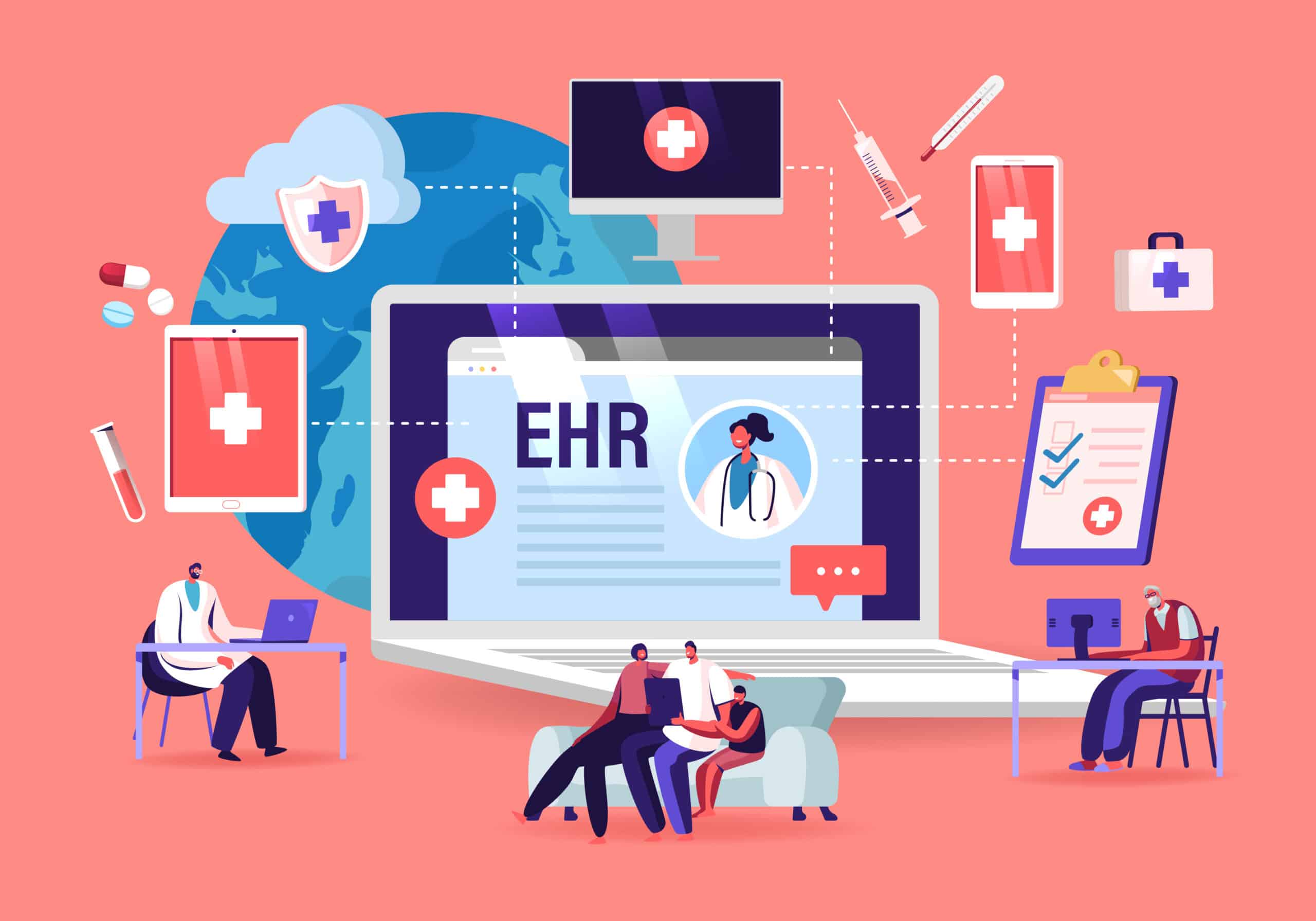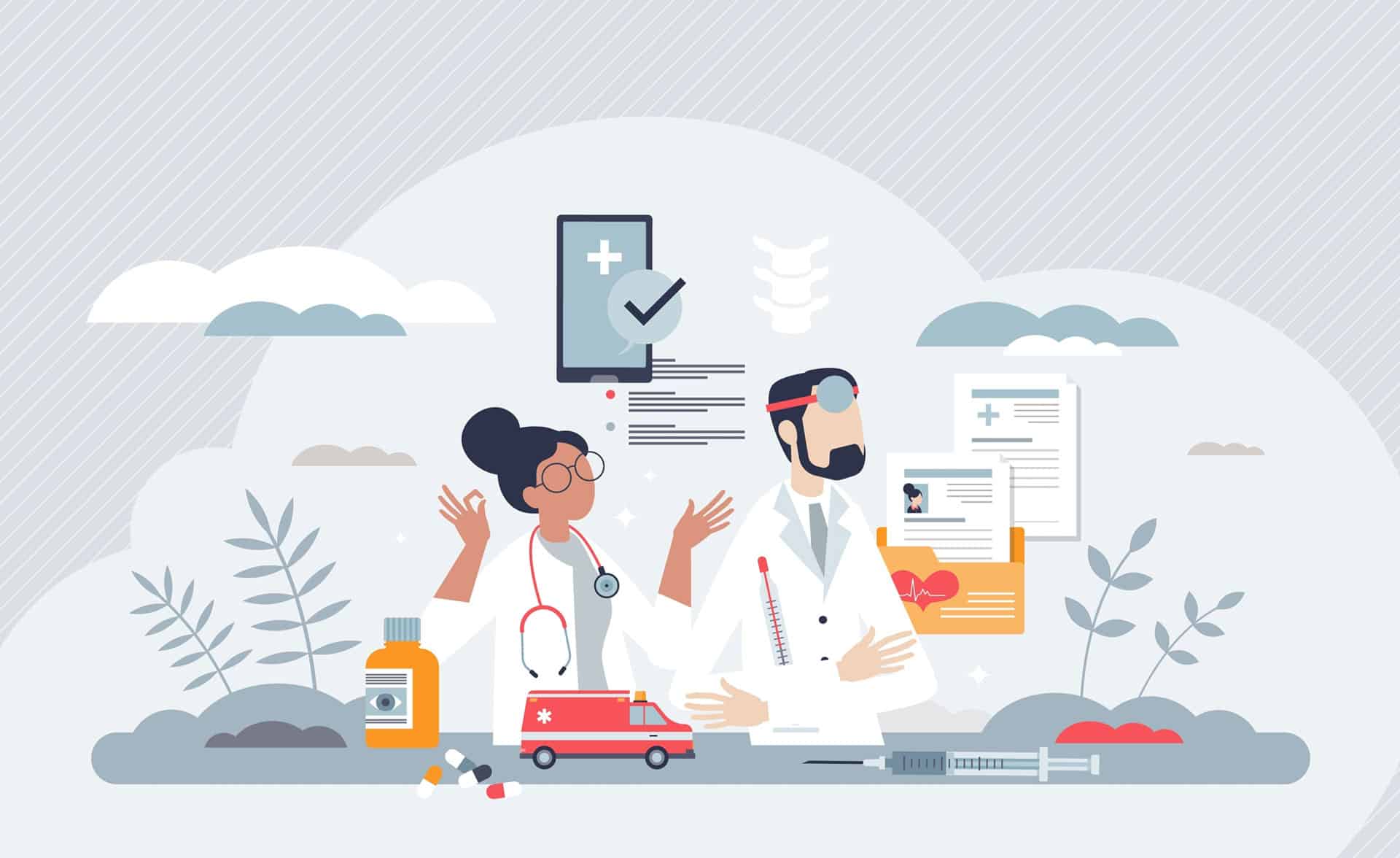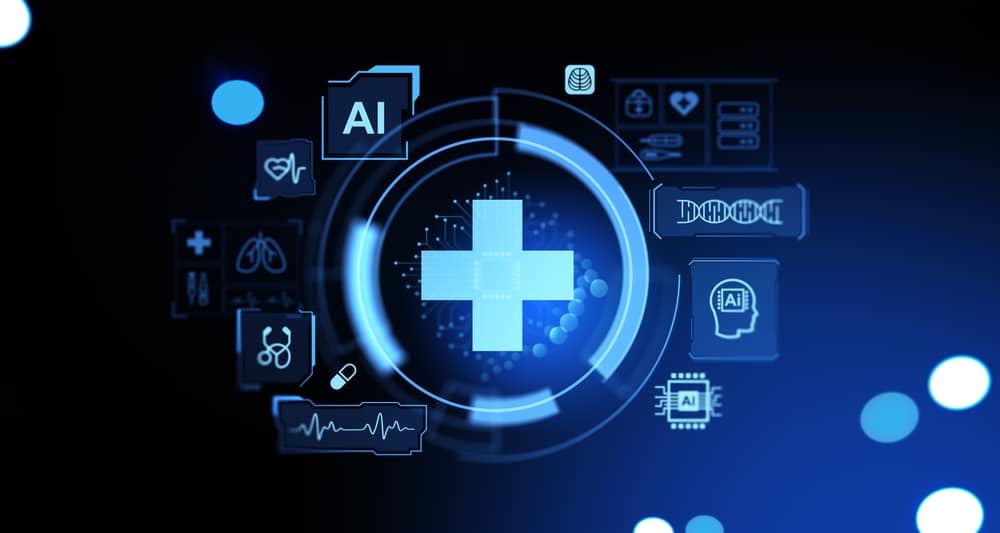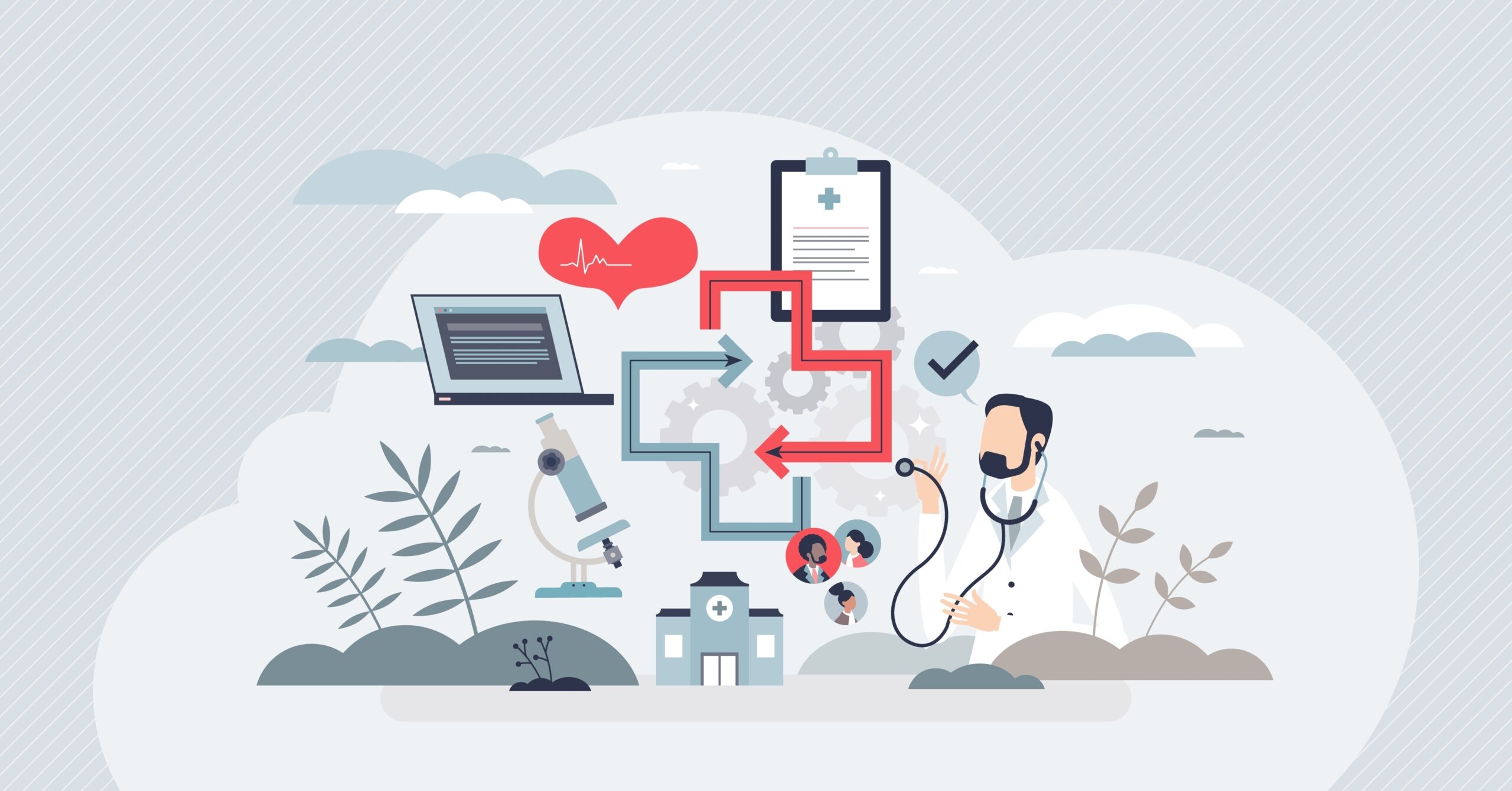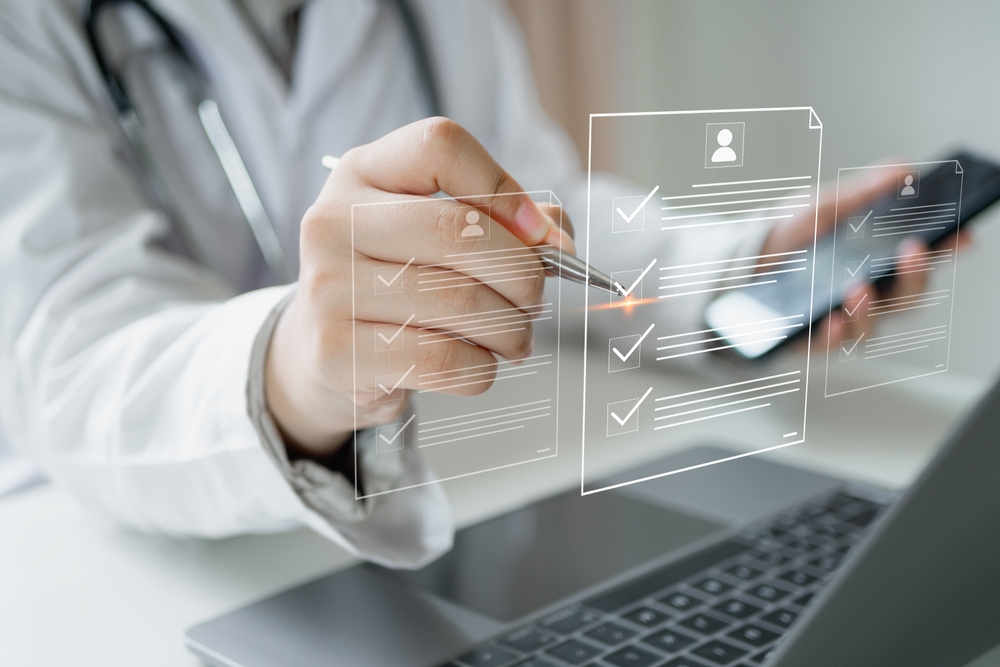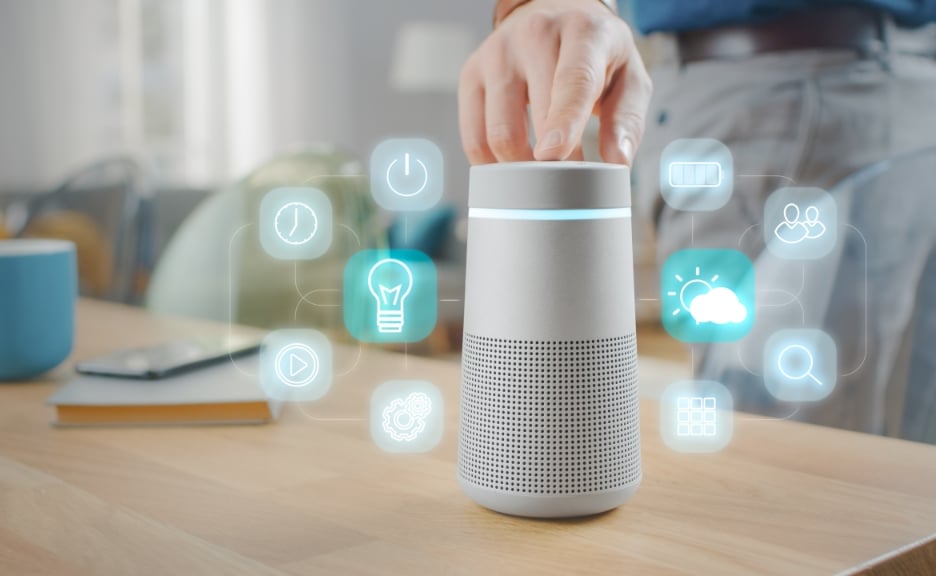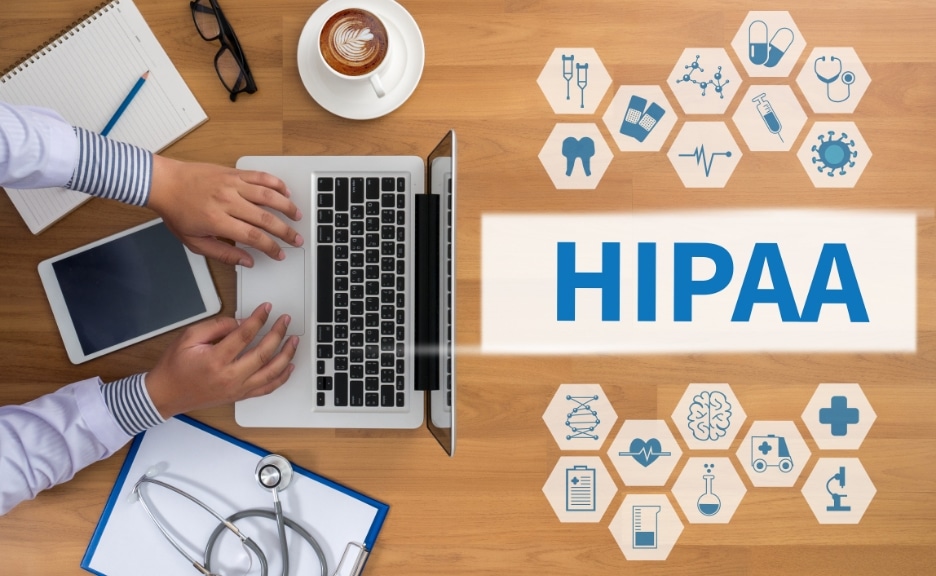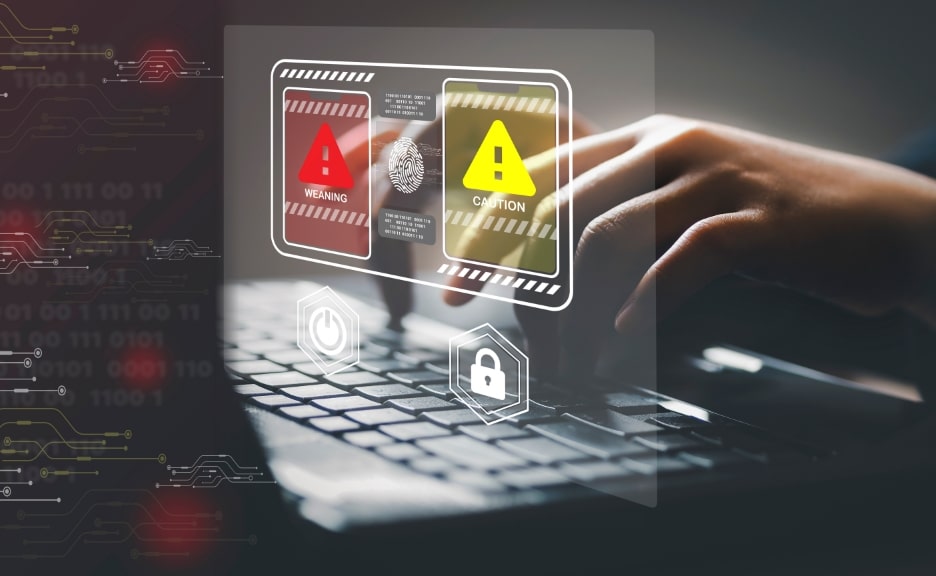Healthcare & Interoperability
Choosing the Right EMR Software: A Buyer’s Guide for Healthcare Practices
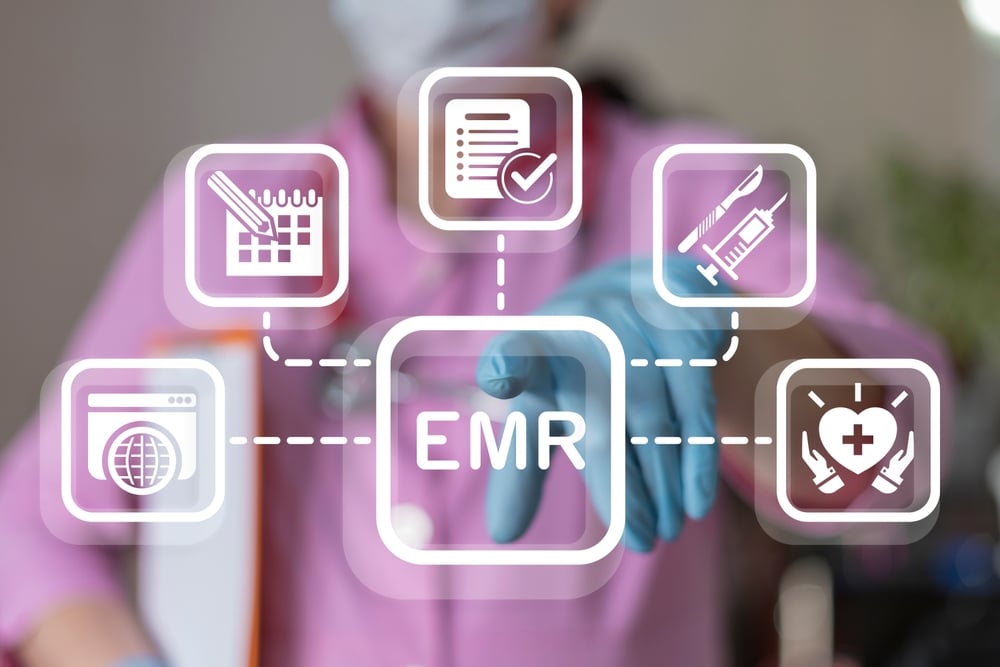
Selecting the right electronic medical records (EMR) software can seem daunting for healthcare practice leaders. The solution must be easy to use. It has to keep patient data secure. Most importantly, it must help everyone in your practice — providers, registrars, coders, and billers — do their jobs faster with reliable and accurate data.
Where to begin? Let’s start by looking at the key buying criteria and explore how Consensus Cloud Solutions can close the gap between the promise of EMR software and the real-world workflows your teams manage every day.
EMR vs. EHR — What’s the Difference?
While they may seem interchangeable, the terms EMR software and electronic health records (EHR) software have different meanings. How can you tell the difference between EHR and EMR?
An EMR transforms paper charts into electronic records stored within the four walls of your practice. It stores all of your patients’ medical histories and treatment plans. However, data within your EMR is typically confined to your practice. If you need to send medication histories or other documentation to referring providers, you may need to use paper faxing or other manual methods.
An EHR, meanwhile, goes one step further. It’s designed for data sharing across multiple providers. This gives referring providers access to your patients’ labs, visit history, and other key information, regardless of where the care was delivered.
If your practice already has athenaOne® or another EHR, it’s essential to find EMR software that integrates with your EHR and fits within your existing workflows. For example, eFax Corporate® offers an out-of-the-box athenaOne integration that sends digital faxes directly to the patient’s record within the EHR, eliminating manual re-keying while giving clinicians access to critical patient information quickly.
5 Top Considerations When Selecting EMR Software
Because EMR software will impact every aspect of your practice, practices typically devote a lot of time to due diligence. On average, the process takes three-to-six months. The vast majority (92%) of software buyers begin by creating a shortlist of 3-5 vendors, and more than half (59%) end up selecting a vendor from that initial shortlist.
To ensure you get the right vendors on your shortlist, keep these 5 essential considerations top of mind during the evaluation and assessment process.
1. Usability and Workflow Integration
Any new EMR software you choose should make work easier, not harder, for your practice’s providers and staff. Look for solutions that offer:
- High usability, with intuitive navigation that reduces time spent on clinical documentation and increases face time with patients
- Clear visual displays and dashboards that let users quickly find the information they need
- Seamless integration with all of your essential systems, including your:
- EHR
- Customer relationship management (CRM) database
- Enterprise resource planning (ERP) system
- Document management system (DMS)
- Billing software
- Mobile devices
Solutions with built-in application programming interfaces (APIs) make integration simple so your team can get the most out of your new solution and all of their existing digital tools.
Pro tip: Include your providers in the process of selecting and customizing EMR software to ensure it meets their specific needs.
2. Security and Compliance
While HIPAA compliance is table stakes for EMR software, regulations are changing, and practices must keep pace. Newly proposed legislation, for example, aims to modernize the HIPAA Security Rule, addressing technical aspects such as data encryption and multi-factor authentication in an effort to further safeguard patients’ protected health information (PHI).
Practices can remain ahead of these changes by selecting EMR solutions with strong encryption protocols, including AES 128-bit or higher to protect data at rest and transport layer security (TLS) protocols to protect data in transit.
Pro tip: For maximum data protection, practices should also prioritize solutions that are HITRUST-certified, the “gold standard” for cybersecurity in healthcare.
3. Interoperability and Data Sharing
Patient care seldom ends at your practice’s front door, which is why data sharing is a crucial consideration for any EMR software. Interoperability empowers providers and staff to exchange data with hospitals, accountable care organizations (ACOs), labs, pharmacies, imaging centers, and other specialists to streamline care and, ultimately, improve outcomes.
Look for solutions that support two universal data sharing protocols, HL7 and FHIR. Both provide secure, real-time access to data so you can deliver highly coordinated, patient-centered care.
Pro tip: Advance your practice’s value-based care capabilities by integrating eFax Corporate with eFax Unite™. Doing so will allow providers to quickly and securely query Carequality and other health information exchanges (HIEs) for patient information.
4. Cost and ROI Considerations
Make no mistake, EMR software is a significant financial investment. The actual cost will depend on the size of your practice and your specialty. Yet while it’s tempting to select an EMR product based on its sticker price, the total costs of ownership go beyond the initial fee.
Practices should perform a full cost-benefit analysis that includes the purchase price and intangibles like user licenses, implementation costs, and troubleshooting-related expenses. When calculating the potential return on investment, account for potential revenue growth and operational efficiency, calculating items such as hours of manual work eliminated or documentation time saved.
Pro tip: Cloud-based EMR solutions are cheaper and easier to maintain than older legacy systems. They also give practices access to automatic safety upgrades, removing manual software patches and delivering additional cost savings.
5. Vendor Support and Reputation
A best-in-class EMR solution won’t just deliver excellent functionality. It will also be backed by a trusted vendor that prioritizes ongoing support after the sale. To choose the best vendor, compare online reviews. Scan unbiased third-party review websites like KLAS Research and G2. Ask other practices what they like and don’t like about their current vendors. Then, prepare a list of questions for potential vendor interviews, including:
- How much experience do you have with healthcare practices?
- What is your company’s track record with data security?
- How do you stay on top of evolving regulations?
- What levels of support are included in the contract?
- Are there any additional costs for support services or system upgrades?
These questions will help you evaluate the levels of support you’ll receive and give you a good gauge of each vendor’s reputation.
Pro tip: Ask vendors for case studies and testimonials from other healthcare practices that have implemented their solutions successfully.
How Consensus Cloud Solutions and eFax Corporate Support EMR Workflows
Consensus Cloud Solutions offers multiple interoperable EMR solutions designed to fit within the workflows your healthcare practice uses today, improving clinical efficiency and driving long-term ROI.
Secure, HIPAA-Compliant Document Exchange
eFax Corporate gives practices a trusted, scalable platform for efficient, HIPAA-compliant digital faxing. The platform meets and exceeds HIPAA regulations, providing round-the-clock data encryption, including TLS encryption for data in transit and AES 256-bit encryption for data in storage. For added security, eFax Corporate can perform digital faxing on a virtual private network (VPN) for digital faxing.
Additionally, eFax Corporate carries HITRUST Common Security Framework (CSF) certification, keeping PHI protected. Plus, multi-layered audit controls support both internal compliance tracking and external audits.
User-Friendly AI-Powered Data Extraction for Structured Records
Handwritten doctor’s notes and paper faxes historically caused barriers for healthcare practices, but AI offers a breakthrough. Clarity CD™ uses AI and natural language processing (NLP) to read and understand the clinical context within referrals, lab reports, and progress notes. This advancement allows practices to automatically extract unstructured data from paper documents.
Clarity CD then populates this unstructured data into a structured, standardized Continuity of Care document that can be shared easily across multiple sites of care, including labs, urgent care centers, surgery centers, and primary care practices. Full EHR integration means structured notes get uploaded directly into your system of choice. Practices report achieving more than 70% efficiency over manual data entry with Clarity CD.
Seamless Interoperability and EHR Integration
One of the biggest time wasters inside a practice happens when colleagues have to toggle through multiple platforms just to talk with providers, patients, and health plans. By integrating eFax Corporate with eFax Unite, practices can easily share critical information with providers without changing workflows or switching solutions.
With eFax Unite, practices can send and receive any patient information using Direct Secure Messaging, which is quickly becoming the preferred communication method between PCPs and specialists. From the same platform, providers can query Carequality or other HIEs for additional patient information. Providers also get access to the National Provider Directory, enabling seamless, interoperable connections with nearly 1 million providers.
EMR Implementation Best Practices
Once your practice has decided to investigate EMR solutions, it’s time to create a strategic implementation plan. Be sure to include these three critical areas:
Planning and Vendor Selection
Outline your practice’s goals, then assemble a cross-functional team (providers, front-desk staff, back-office staff) to lead the selection process. Research vendors and create a shortlist. Then, schedule demos with top vendors so you can assess usability and interoperability firsthand. Remember to prioritize solutions that come highly recommended from peers and other people in the industry whom you trust. eFax Corporate, for example, is proud to be included on G2’s 2025 Best Healthcare Software Products list.
Training and Adoption Strategies
Once you decide on a solution, determine how you want to train your practice’s staff. A phased approach tends to work best for many practices. Provide comprehensive education based on each staff member’s specific role within the practice. Consider designating one or two colleagues as “super users” who can offer peer-to-peer support and serve as the go-to for any troubleshooting needs.
Integration and Long-Term Optimization
Gather continuous feedback from staff to make sure your chosen EMR solution continues to deliver value. Provide EMR training in new employee orientation and implement ongoing refresher training for staff. Perform routine system audits to identify and fix any integration hiccups. Use data analytics to monitor clinical efficiency and outcomes.
EMR Software: A Long-Term Investment in Your Practice’s Health
It takes time and commitment to choose the right EMR software. But once you make the right choice, your practice and its patients will realize the benefits for years to come. Tools like eFax Corporate, eFax Unite, and Clarity CD ensure the highest levels of usability and integration, allowing your providers and staff to continue putting patients first.
Frequently Asked Questions
Any EMR software a healthcare practice chooses must be easy to use. It must also integrate seamlessly with the practice’s EHR of record and other vital systems, such as its CRM, ERP, DMS, and billing software. Additionally, EMR solutions must be HIPAA compliant and support universal interoperability standards such as HL7 and FHIR.
EMR software empowers healthcare practices to move toward value-based care by enabling interoperability with referring providers and health information exchanges (HIEs). eFax Unite, for example, lets providers query HIEs like Carequality for patient information, improving the coordination of care and reducing the risk of redundant tests or procedures. Integrated EMR and EHR systems also ensure timely access to labs, visit notes, medication lists, and imaging scans, creating stronger preventive care and keeping populations healthier.
A healthcare practice’s EMR solutions must be flexible so they can adapt to changing regulations, including proposed changes to the HIPAA Security Rule. At a minimum, EMRs should provide TLS encryption for data in transit and AES 256-bit encryption for data at rest. Also, consider platforms like eFax Corporate that are HITRUST-certified.


